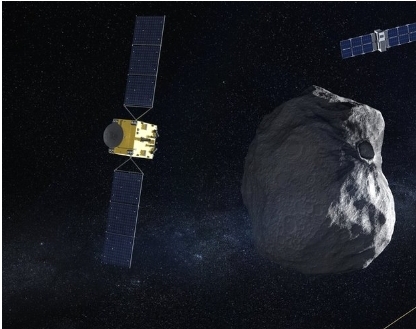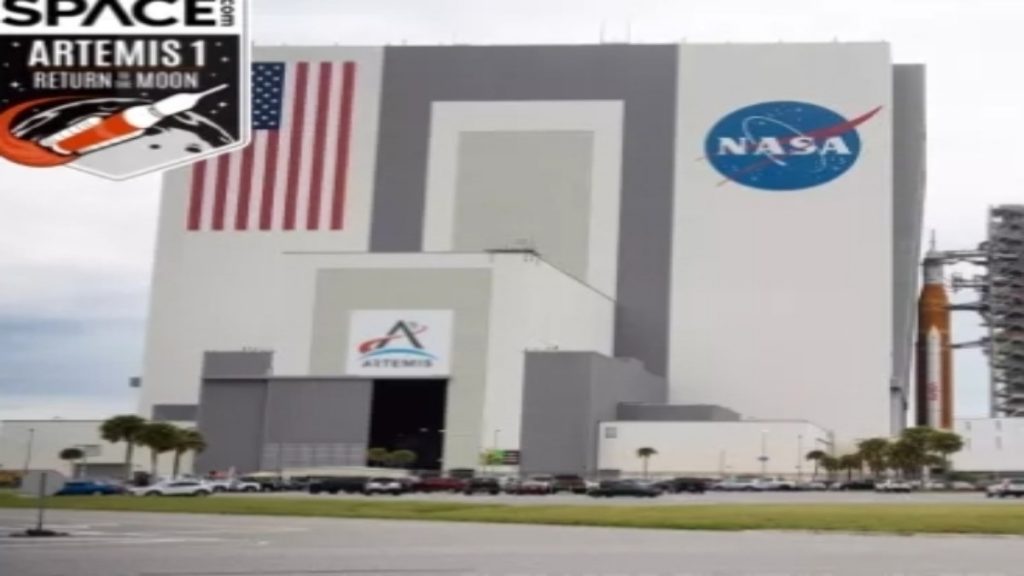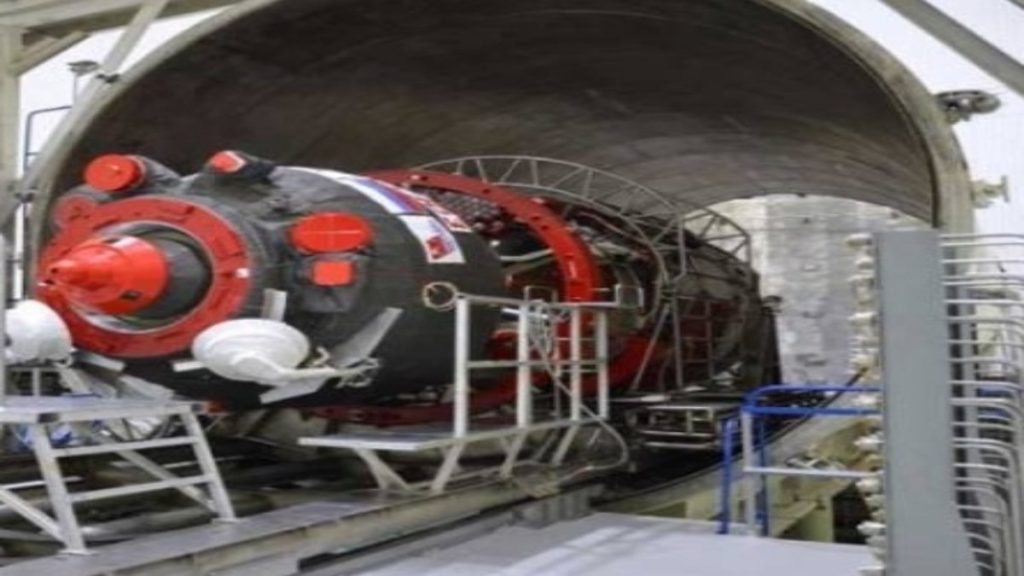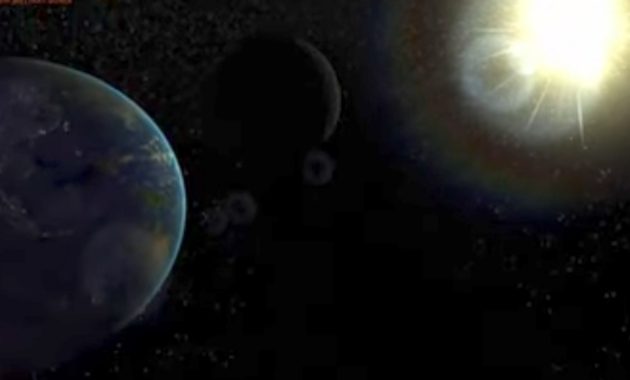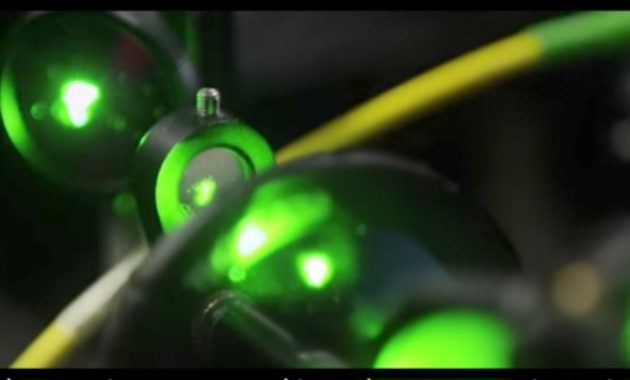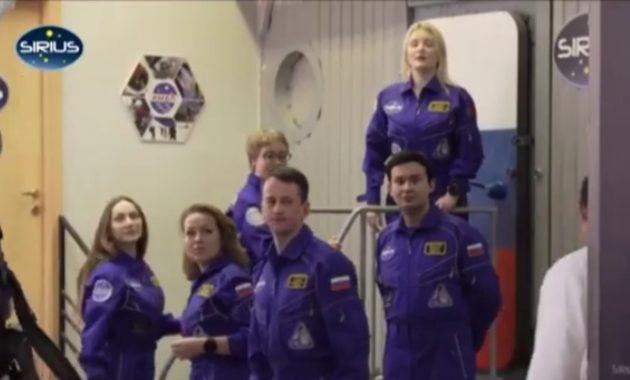For research purposes, NASA through DART has successfully crashed itself to try to deflect the asteroid Dimorphos on Tuesday, 27/9/2022.
The DART mission has not yet been completed with its successful hit the target asteroid Dimorphos, considered a new start by researchers to continue their research.
In 2024 the European Space Agency (ESA) through Hera will launch a spacecraft with two CubeSats to investigate the impact of the collision. The spacecraft is expected to land two years later on the asteroid Dimorphos.
The deflection of a celestial object by DART is recorded as the first in human history.
The Italian Space Agency will fly one of the CubeSats to take pictures of the impact on the asteroid Dimorphos which may see the crater it left behind, and through a mini-satellite will briefly show the opposite hemisphere of the asteroid Dimorphos from Earth.
The two asteroids will be investigated, starting from examining their orbits, craters and measuring physical properties. The results of the research carried out by Hera will be used to develop effective strategies for planetary defense.
In addition to the Light Italian CubeSat for Imaging of Asteroids or LICIACube as Dimorphos observers, the James Webb Space Telescope (JWST), the Hubble Space Telescope, and NASA’s Lucy mission will be assisted to observe the impact of the DART mission.
The CubeSat will also rotate to point its camera at the Dimorphos as it flies. With this camera, we can see the impact of the collision on the asteroid.
When viewed from Earth, the binary asteroid Didymos-Dimorphos looks like a tiny dot of light in the middle of a star-studded sky. Periodically the dot becomes brighter and dimmer as the 160-meter-wide moonlet asteroid moves around the larger 780-meter-wide Didymos, creating phenomena such as eclipse.
As a result of the push, the researchers estimate that the asteroid will be closer to Didymos, resulting in an acceleration of its orbital period to several minutes.
It is the frequency with which the brightness decreases that astronomers have been able to accurately determine the period of Dimorphos’ orbit. Then from the decrease in brightness caused by the asteroid fragment, the researchers were able to calculate how much Dimorphos’ orbit changed after the DART impact.***
